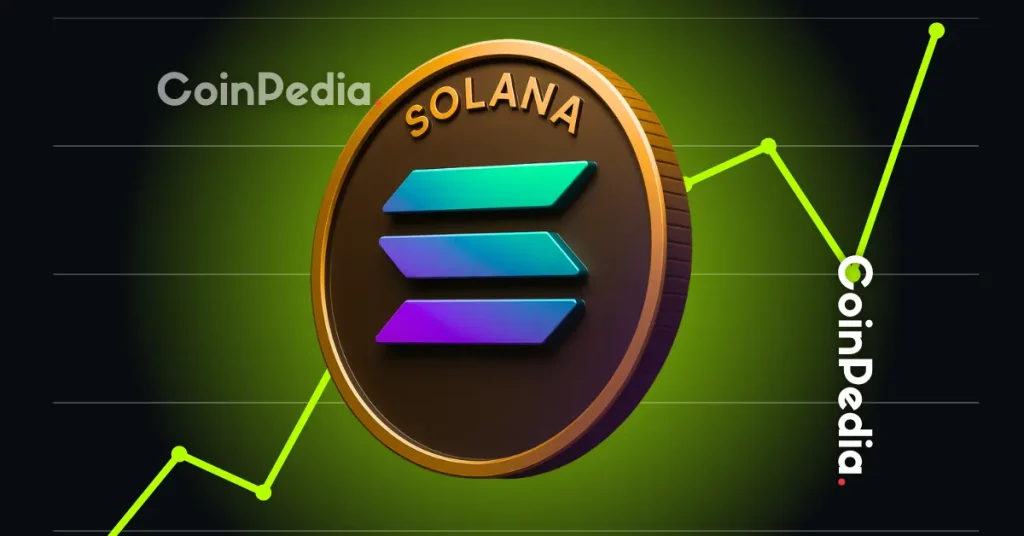South Korea Set for First Public Solana Treasury Acquisition Backed by Fragmetric & DFDV

The post South Korea Set for First Public Solana Treasury Acquisition Backed by Fragmetric & DFDV appeared first on Coinpedia Fintech News
Fragmetric Labs and DeFi Development Corp (DFDV), a company listed on the Nasdaq stock exchange, are working together to create the first Solana digital asset treasury in South Korea. Both organizations are planning to buy an already publicly listed company in South Korea to build this treasury.
First Solana Treasury in South Korea
In a recent post on X, Fragmetric revealed that it is not launching a Solana treasury. The main goal of this project is to bring new investment opportunities using blockchain technology. This strategy will also strengthen Solana’s position by making it part of official financial strategies in the country.
Fragmetric wrote, “We’re extremely excited to announce that Fragmetric Labs and DeFi Development Corp. (NASDAQ: DFDV) will launch the first Solana Digital Asset Treasury in Korea through the acquisition of a Korean publicly-listed company.”
This acquisition will leverage SOL’s high-performance blockchain infrastructure for digital asset management, positioning South Korea as a major player in crypto.
DFDV’s Broader Strategy with Fragmetric
With this new collaboration, DFDV isn’t only expanding its SOL treasury, but it is also evolving its DeFi ecosystem exposure. Other than this, Fragmetric’s Normalized Token Program will now allow users to create fragSOL using different liquid staking tokens (LSTs), including dfdvSOL. This enhances the flexibility of trading rewards across Solana’s network.
Meanwhile, for DFDV shareholders, the partnership boosts the value of each share by tapping into new DeFi tools that increase token efficiency.
Why Companies are Betting on Solana
A few days ago, Solana got its first billion-dollar publicly traded treasury as Forward Industries acquired $1.6 billion worth of SOL. Before that, Consumer products firm Upexi debuted its Solana treasury strategy in April, spiking shares of UPXI more than 300% in the process. As of September 2025, its treasury holds approximately 2 million SOL tokens, valued at $447 million.
This shows growing interest in the token, driven by investor confidence. But the question remains, why?
Well, Solana aligns these companies with a blockchain designed for high-performance, consumer-scale applications, including DeFi, NFTs, stablecoins, and payments. Treasurers want to elevate media visibility, attract new investor segments, and increase stock liquidity and engagement with SOL’s high performance.
Vous aimerez peut-être aussi

A trader closed his ASTER position for a profit of $435,000 and resumed shorting BTC.

Aster Genesis Phase 2 will conclude on October 6, with Phase 3 to include spot trading volumes
